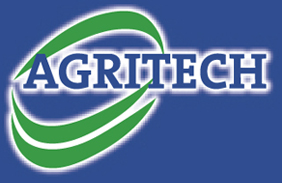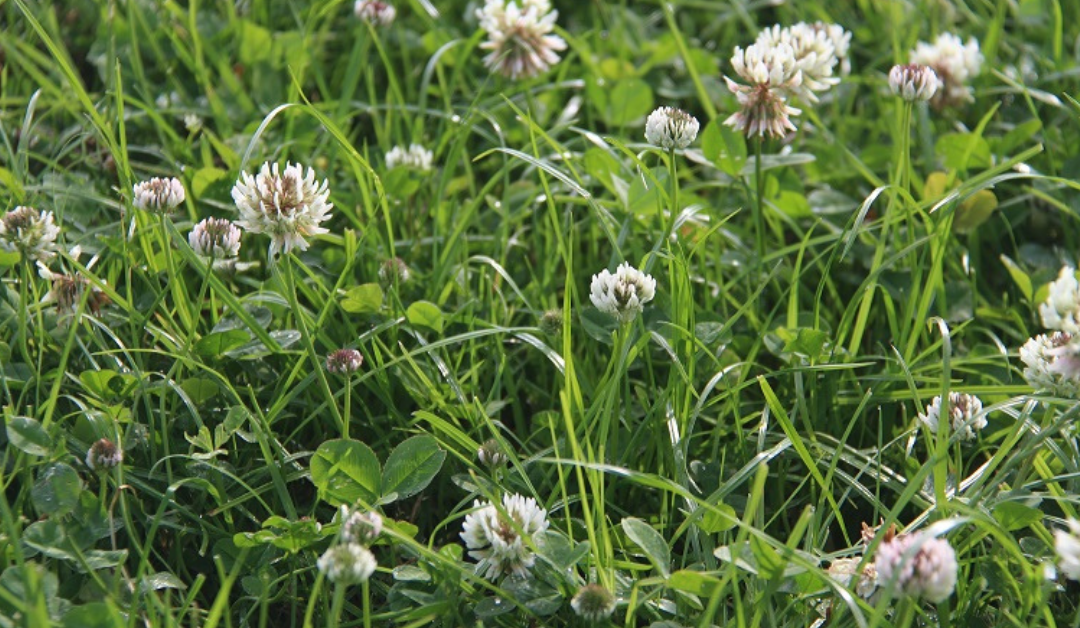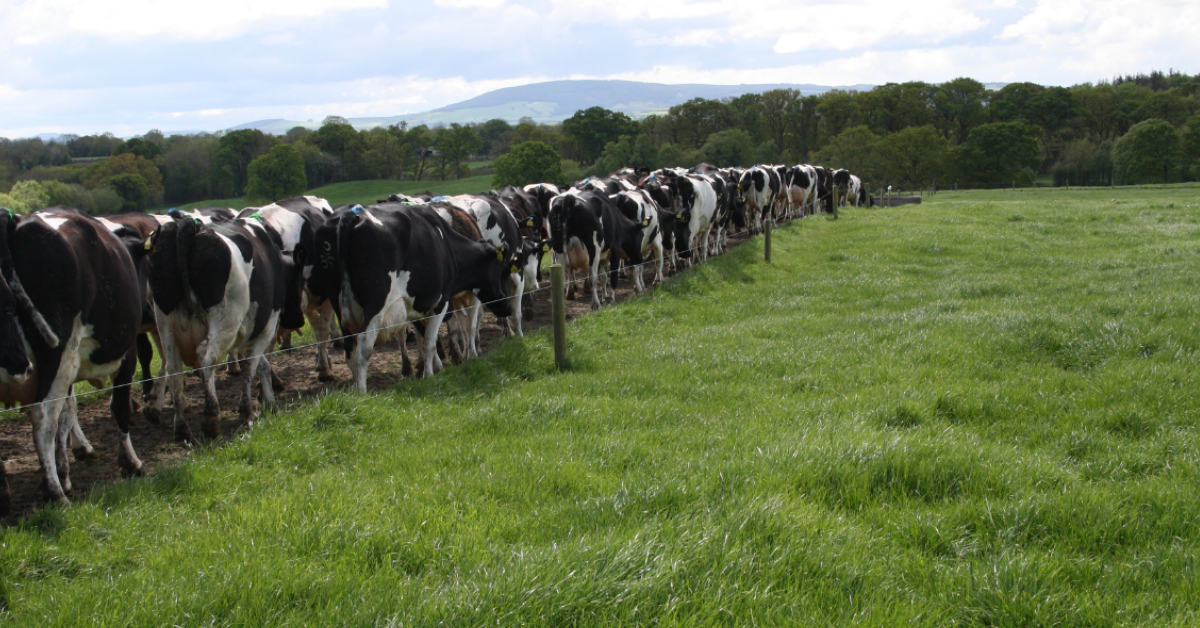Reseeding should be considered as a long- term investment. It is advised farmers should aim to reseed approximately 10% of their grazing grounds every year, resulting in a renewed platform every 10 years.
Current grassland management figures highlight that every extra tonne of grass utilised is worth an additional €173 to the farm.
Grass utilisation hinges around grassland management practices and soil fertility. At the root of this needs to be a pasture that is palatable, has the ability to grow sufficient levels of grass, especially in the vital periods of the year, and is accommodating to the establishment of clover.
Choosing the right grass seed mixture
Grass seed costs typically account for 20% of the total reseeding spend. It is important to assess what mixture will best suit your system, as these grasses will be in situ for the next 8-10 years.
The least performing paddocks must be identified first. Take into consideration poor total annual yields, poor response to applied fertiliser, slow recovery post-grazing, high weed burden, low perennial ryegrass %, and low or no clover establishment. Once you have identified the poor-performing paddocks, the next step is to choose a grass seed mixture that will best suit the desired system. Whether that is for grazing, silage, zero-grazing, 1-cut and graze.
When it comes to selecting the correct grass seed mixture, only varieties on the Irish Grass and Clover Recommended List should be considered. Selecting a grass seed mixture with varieties from the Irish Grass and Clover Recommended List gives farmers the confidence that they are selecting a mixture that has been tried and tested, with proven performance in Irish growing conditions.
Diploids vs Tetraploids
Questions regarding diploids versus tetraploids, and what the ‘best’ ratio of inclusion is for grazing are often asked. In the past it was thought that diploids were a requirement for heavy ground as they were more tolerant against poaching. However, research shows that persistency on wet farms between diploids and tetraploids is insignificant, with grazing management carrying much more weight in this area.
Tetraploid-dominant mixtures should be considered in all systems, as tetraploids typically perform better for grazing utilisation and offer faster recovery post-grazing or cutting. Ground cover is often also thought to be poorer in tetraploid dominant mixes, however with the inclusion of new varieties such as Nashota, this allows for high percentages of tetraploids to be used without having to compromise on ground cover. The number of varieties sown in a mixture should be limited to three-four perennials. Sowing a mixture with more varieties than this can dilute certain desired performance characteristics.
Grass Seed: Desired characteristics
A grass seed mixture should contain varieties that offer a blend of key traits. These key traits should centre around spring growth, total yield and grazing ultisiation.
Grass availability during the shoulder seasons of the year (spring and autumn) is vitally important, with spring carrying the highest weight. According to Teagasc, spring grass has a value of €0.17c/kg DM, relative to summer grass valued at €0.04c and autumn grass valued at €0.11c/kg DM.
Grazing utilisation is important and should be a key factor when selecting a grass seed mixture As part of the Pasture Profit Index (PPI), grazing utilisation is given in a star-rating scale 1-5 and should be part of every farmer’s decision making when choosing a grass seed mixture. According to Maeve, the winning and losing of every reseed will be how satisfied the herd are when grazing it.
Grass Seed Mixtures 2023
Agritech’s grass seed mixtures for 2023 include leading varieties Nashota, Aberplentiful, AberClyde and Callan.
- AberClyde is the number 1 listed variety on the PPI for a consecutive fourth year. An intermediate tetraploid that is suitable for both silage and grazing mixtures.
- Nashota is a unique and exciting variety that has ground cover scores on par with top diploids, while also having the desired characteristics of a tetraploid – this year a 5-star variety for grazing utilisation.
- Aberplentfiul is a highly rated variety, ranking as the number 1 late tetraploid for spring growth and total overall annual yield.
- Callan is the number 1 diploid for grazing utilisation and is very highly rated for spring growth.
GroQuik®: Proven Results
All of Agritech’s grass seed mixtures are treated with a unique biological seed stimulant, GroQuik®. GroQuik® has been proven to enhance seedling establishment and accelerate germination and root development in both grasses and clover. In recent commercial field trials, GroQuik® dressed grass seed mixtures was proven to increase plant emergence by 14.8%, leading to 8.3% more grass availability in the first grazing and 5.4% more available grass in the first season of ley establishment.
Further information:
To learn more about our Tipperary Grass Seed Range, contact your local Sales Advisor.



